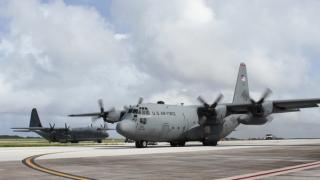Executive summary
- Increased interoperability between the United States (US) and Australian military forces will greatly enhance future operations and provide cost savings if co-ordinated effectively.
- In future, natural disasters in the region will emerge with little warning. Responses should be multilateral and the eventual command and control structure will follow that imperative. The nucleus of such a structure could be a US–Australia combined and joint headquarters.
- Interoperability will become increasingly more important in the likely future strategic environment, particularly as China continues to gain power in the Asia-Pacific region.
Significant opportunities exist for bilateral interoperability between the US and Australia. However, current arrangements do not effectively take advantage of the knowledge and expertise each country can provide. Future interoperability activities require a more integrated approach, working across all levels of operations. As US military dominance in the region is increasingly contested by China, an improved framework is necessary to ensure the Alliance continues to contribute to stability and prosperity in the Asia-Pacific region. In order to achieve this, future areas of interoperability must include shorter, more flexible “cross assignments” and training opportunities that focus on specific areas of interest. In addition, combined logistic support and intelligence sharing will provide a better understanding of how each country responds to their immediate strategic needs. Finally, joint training exercises in anti-submarine warfare, amphibious operations and air warfare and defense will improve cooperation by reinforcing system skills, tactics, techniques and procedures.





